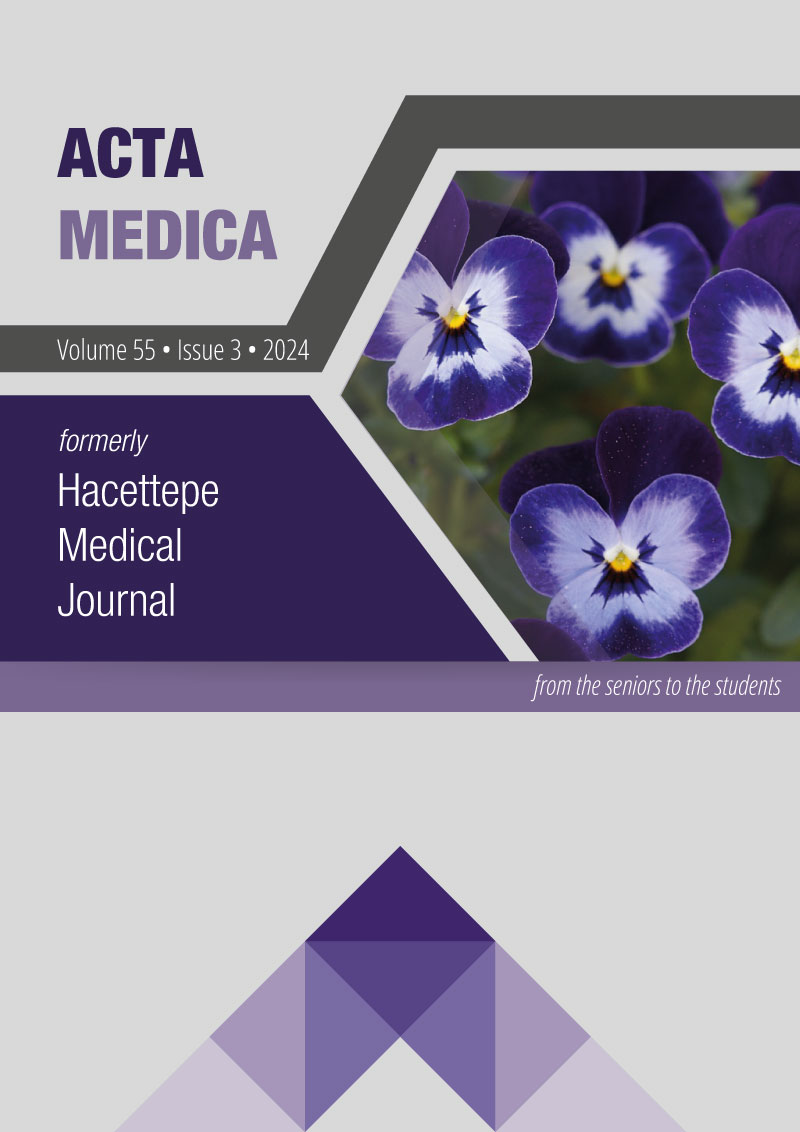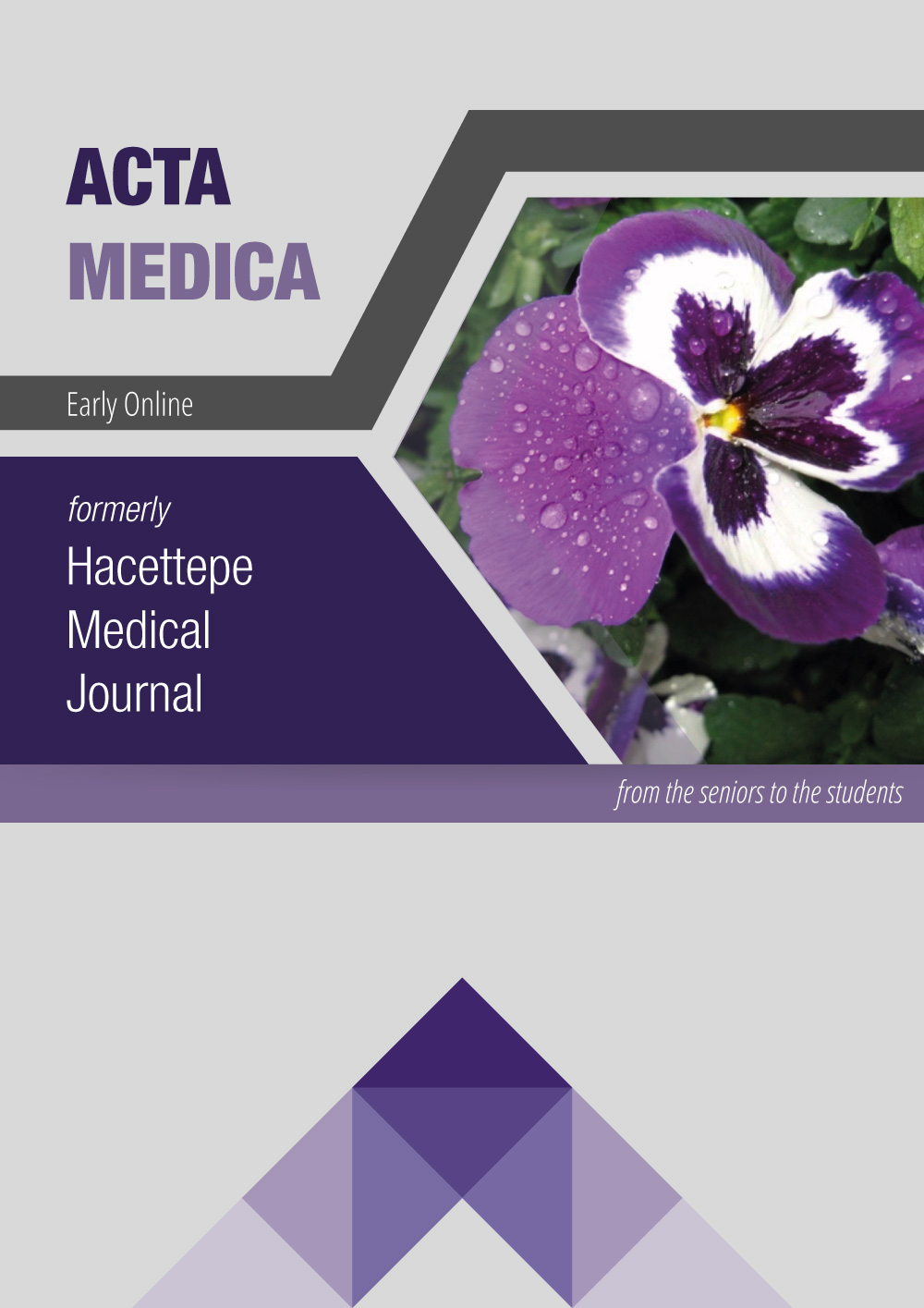Exploring the inhibitory potential of hormone replacement therapy drugs on glutathione transferase P1-1
DOI:
https://doi.org/10.32552/2024.ActaMedica.1022Keywords:
Glutathione transferase P1-1, synthetic estrogens, enzyme inhibition, cancer, docking analysisAbstract
Aim: Glutathione transferase P1-1 (GST P1-1) plays a crucial role in the human phase II detoxication system and is implicated in drug resistance in certain cancer cells. Analogs of drugs used in Hormone Replacement Therapy (HRT) have been reported to exhibit inhibition of various GSTs. This study aims to investigate the inhibitory potential of several HRT drugs on GST P1-1 for the possible use of counteracting drug resistance and for other therapeutic purposes.
Materials and Methods: GST P1-1 was expressed and then purified in a single step using Nickel Sepharose affinity chromatography. Synthetic drugs that are used in HRT were screened for inhibition of GST P1-1 using 1-chloro-2,4-dinitrobenzene as the substrate. The IC50 value of the most potent compound was calculated and binding location and formation of bonds to GST P1-1 were identified through docking analysis.
Results: Screening the inhibitory effect of eight synthetic estrogenic drugs reveals that estradiol valerate is the most potent inhibitor, showing 72 ± 4% inhibition of GST P1-1. This effect is followed by estradiol cypionate 53 ± 5%, mestranol 39 ± 4%, and estradiol propionate 35 ± 2%. The most potent compound estradiol valerate has an IC50 value of 30 ± 2 μM. According to docking analysis, it binds to the H-site of the enzyme where the residues Phe9, Arg14, Val36, Trp39, Ile105, Tyr109, Pro203, Asn207, and Gln210 were within 5 Å proximity of the ligand. Estradiol valerate forms Pi-alkyl interactions with Phe9 and Val36, as well as an alkyl interaction with Ile104.
Conclusion: Estradiol valerate is a modest inhibitor for hGST P1-1, however it fits in the area of H-site of the enzyme and forms bonds with critical key residues. Understanding its binding site on the enzyme is critical for designing other inhibitors targeting GSTs or possibility for the potential use as a substrate with other GSTs.
Downloads
Downloads
Published
How to Cite
Issue
Section
License
Copyright (c) 2024 Acta Medica

This work is licensed under a Creative Commons Attribution-NonCommercial-NoDerivatives 4.0 International License.


